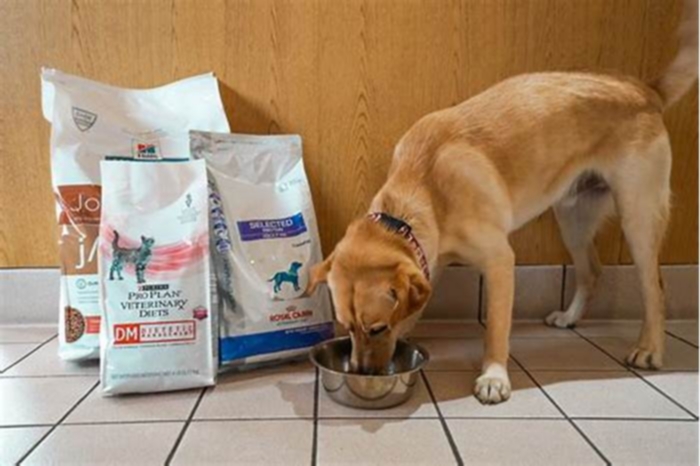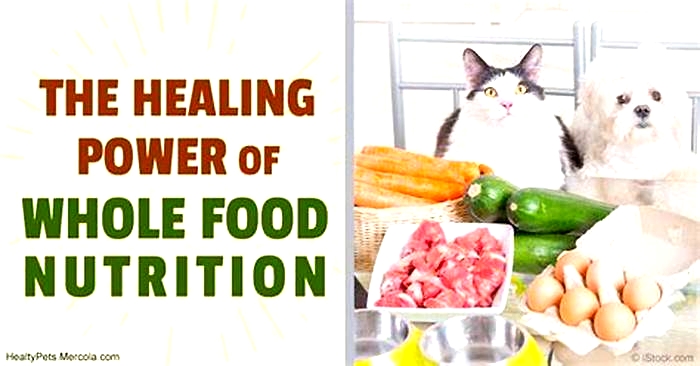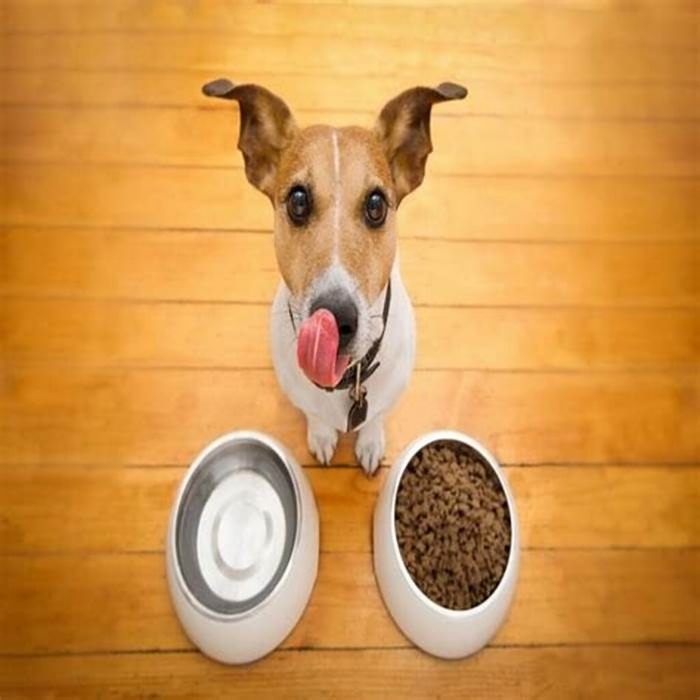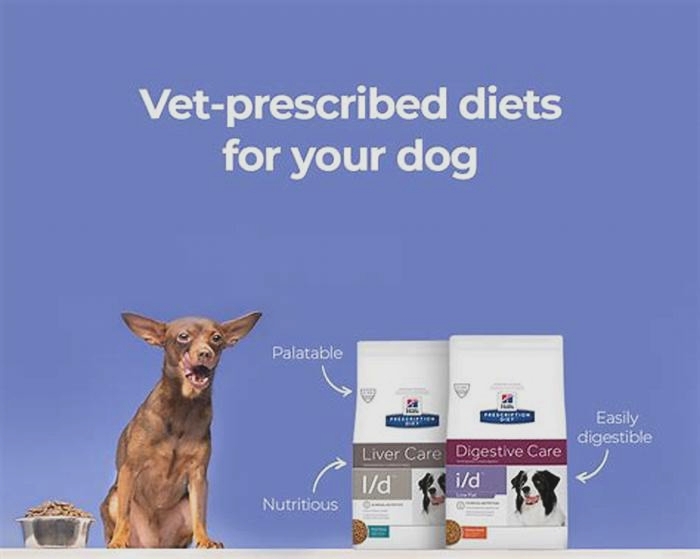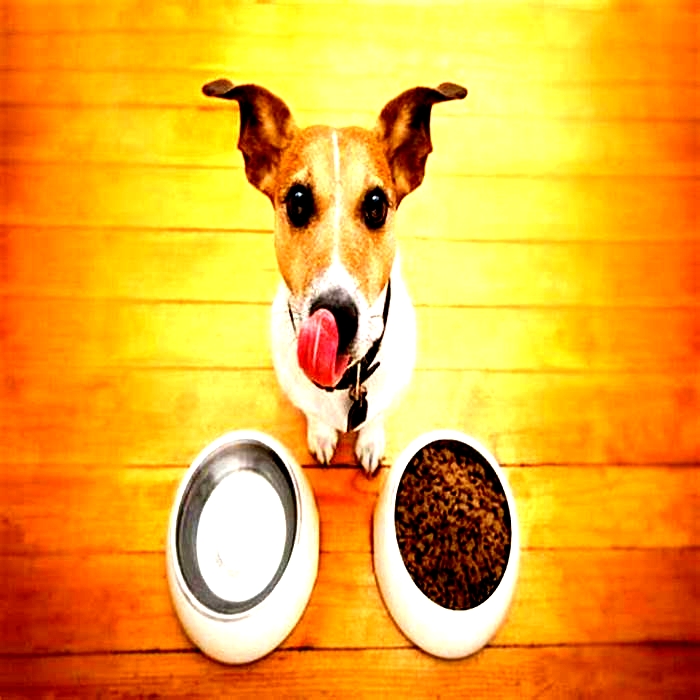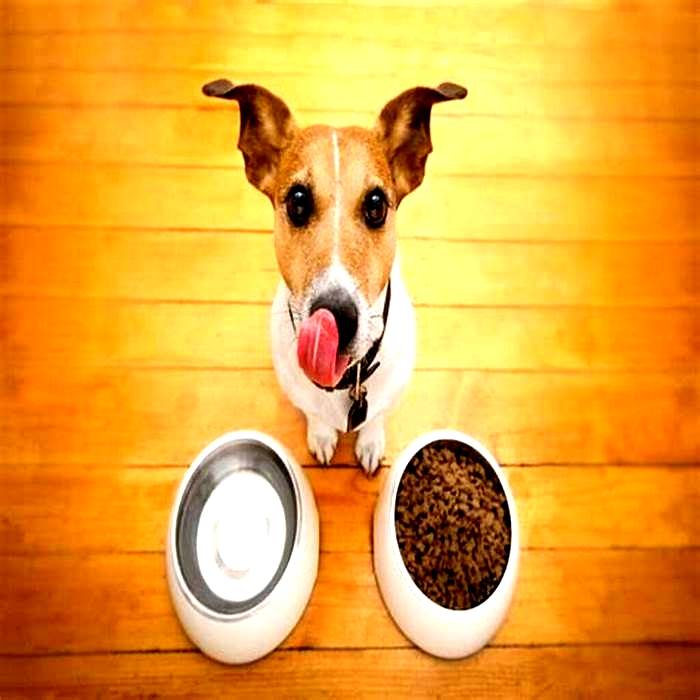Rx for Good Health The Role of Prescription Canine Diets

Diabetic Diets for Dogs and Cats: Assessing the Evidence
To provide the best experiences, we use technologies like cookies to store and/or access device information. Consenting to these technologies will allow us to process data such as browsing behavior or unique IDs on this site. Not consenting or withdrawing consent, may adversely affect certain features and functions.
The technical storage or access is strictly necessary for the legitimate purpose of enabling the use of a specific service explicitly requested by the subscriber or user, or for the sole purpose of carrying out the transmission of a communication over an electronic communications network.
The technical storage or access is necessary for the legitimate purpose of storing preferences that are not requested by the subscriber or user.
The technical storage or access that is used exclusively for statistical purposes.The technical storage or access that is used exclusively for anonymous statistical purposes. Without a subpoena, voluntary compliance on the part of your Internet Service Provider, or additional records from a third party, information stored or retrieved for this purpose alone cannot usually be used to identify you.
The technical storage or access is required to create user profiles to send advertising, or to track the user on a website or across several websites for similar marketing purposes.
When and how you feed is crucial to caninehealth
If your dog is diagnosed with diabetes mellitus, your veterinarian will help you with insulin dosages. Its not all about insulinthough. Blood glucose levels affectwhat your dog eats, as well as how much they eat too.
Diabetes relates to excess blood glucose (or sugar). Your dog needs just the right amount of glucose in theirbloodstream. Too much, and they will drink and pee far more than usual. Too little, and theywill collapse from hypoglycemia (low blood sugar). In this article, weve outlined some things to keep in mind when feeding a diabetic dog.
Timing
A diabetic dog needs correctly timed meals, instead offree will feeding. Meals 10-12 hours apart work best for most dogs.
Insulin injection
If you can give your dog a treatafter receiving an insulin injection, it provides a more positive association with the injection.
Remember: If your dog skips a meal, do notgive them an insulin dose because it could triggerhypoglycemia. Call your veterinarian if your dog is not eating.
Palatability
Your diabetic dog must eat regularly. If theydont eat, theydont getmedicine. So, you must find a food your dogconsistently consumes. Be careful with treats. If you need treats for training, discuss your choices with your veterinarian. Excessive treats or treats with a lot of carbohydrates, which affect blood sugar, could throw offinsulin regulation.
Avoid highly digestible diets
Highly digestible diets are often yummy, but they are high in sugars. These foods often lead toglucose spikes right after eating and corresponding big drops in blood sugar soon thereafter.
Go prescription
Prescription diets, available through your veterinarian, use ingredients to evenout blood glucose levels, making it easier to keep your dog ona steady dose of insulin. They also must limit fat intake to prevent complications, such as pancreatitis.
Fiber choices
Much of the fiber in your diabetic dogs diet should be insoluble, as this will help your dogfeel full but not provideexcesscalories. Insoluble fiber promotes the movement of food through the digestive tract. Soluble fiber attracts water, turns to geland slows digestion, resulting in more calories released in the colon. For diabetic dogs, moving the food through the digestive tract quickly is advantageous.
For an overweight dog, a diet with 10-20% of the dry foodas fiber is a good plan. For a dog who is in good weight or slightly underweight, look for a diet with 5-15% fiber on a dry basis.
Most guaranteed analyses will not tell you if the fiber in the diet is insoluble or soluble. You will need to look at the ingredient list andconsult with your veterinarian or a veterinary nutritionist. Beet pulp, guar gumand psyllium are common sources of soluble fiber. Cellulose is an example of insoluble fiber.
Weigh-ins
Many diabetic dogs are overweight. If your diet plan includes some weight loss, do frequent weigh-ins at your veterinary clinic so that your dogs insulin dosage can be adjusted as needed. Underweight dogs will need different dietary considerations than overweight dogs. Track your dogs weight as well as glucose levels.
Low fat
Low fat is important for diabetic dogs, since as many as 30% of them become diabetic secondary to pancreatitis. Of course, this is more criticalfor overweight diabetic dogs.
Supplementing with L-carnitine may help with fat metabolism for these dogs. L-carnitine is a natural derivative from the amino acid lysine, and itis often included in weight-loss supplements. Look for a dry-matter carbohydrate level of 25%. Read the ingredientlist for carbohydrates that havea low glycemic index, like soybeans. In contrast, potatoes have a high glycemic index.
Knowing yourdog's specific needs
Finally, if your dog is a well-managed diabetic, do not change theirdiet. Even changing protein sources like switching from a chicken-based recipe to a lamb-based one can influence blood glucose levels.
Changes in your dogs diet may require correspondingchanges in insulin. The ideal diet and feeding regimen for your diabetic dog is the one that keeps their glucose at a steady level.
This article has been reprinted with permission from the Cornell University College of Veterinary Medicines DogWatch newsletter, published by Belvoir Media Group. When you become a member of the Riney Canine Health Center, you will receive a free subscription to DogWatch.
DH Dental Health Dry Canine Formula
Chicken, chicken meal, brewers rice, ground yellow corn, ground wheat, corn gluten meal, animal fat preserved with mixed-tocopherols, dried beet pulp, brewers dried yeast, powdered cellulose, dried egg product, animal liver flavour, glycerin, salt, potassium chloride, calcium carbonate, phosphoric acid, tetra sodium pyrophosphate, mono and dicalcium phosphate, Vitamin E supplement, L-Lysine monohydrochloride, choline chloride, L-ascorbyl-2-polyphosphate (Vitamin C), zinc sulfate, ferrous sulfate, manganese sulfate, niacin (Vitamin B-3), potassium sorbate (a preservative), Vitamin A supplement, calcium pantothenate (Vitamin B-5), thiamine mononitrate (Vitamin B-1), copper sulfate, Vitamin B-12 supplement, riboflavin supplement (Vitamin B-2), pyridoxine hydrochloride (Vitamin B-6), garlic oil, folic acid (Vitamin B-9), menadione sodium bisulfite complex (Vitamin K), calcium iodate, Vitamin D-3 supplement, biotin (Vitamin B-7), sodium selenite. C-2621

5 Best Non Prescription Dog Foods For Urinary Health (2024)
How to Choose the Best Non Prescription Dog Food for Urinary Health
When a dogs normal urinary habits are markedly different, it is an indication that a visit to the veterinarian is in order. A change in urination can be indicative of a number of different issues, some of which are merely uncomfortable for the dog while others can have life altering impacts.
Among the most common problems associated with a change in urinary health are:
- Urinary tract infections
- Kidney infections
- Bladder stones
- Kidney stones
- Incontinence
- Kidney failure
Sometimes a change in an established urinary pattern is observed because the dog is advancing in age. Elderly dogs experience a weakening of their ability to contain their urine when the urge strikes to use the bathroom, meaning accidents can become a more frequent occurrence.
Some of the most common signs which indicate a dog may be struggling with an issue affecting their urinary health include:
- An increase in the frequent need for urination
- Difficulty or pain when passing urine
- An increase in drinking habits
- Frequent genital cleaning
- Bloody urine
- Restless behavior
- Poor energy levels
- Loss of interest in play
- Urine that is opaque or that has an unpleasant smell
- Incontinence
- Urination in out of the ordinary places
- Pain in the lower back
If a dog displays any of these symptoms, it is imperative that the dog be taken to a veterinarian for a wellness exam and further testing. Most typically, diagnosing the underlying cause creating the issue with urinary health is not terribly difficult for a qualified professional to do. A urinalysis is one of the tools veterinarians often use to help get to the root cause of the problem.
Some urinary issues can be resolved simply through the use of antibiotics. Others are more serious in nature and require a different approach. But regardless of what is causing the issue, a change in diet can reap great benefits for dogs suffering from poor urinary health.
Both bladder and kidney stones are often the product of impaired urinary function. These are very painful, and if exceptionally large, they may require surgery for removal since passing them organically is not possible.
Bladder stones are often the result of diets that are too acidic in nature. To help prevent their development, many canine nutritionists recommend feeding a diet that is more alkaline with low to moderate protein amounts and added moisture to dilute the acid in the urine which can lead to stones.
Both bladder and kidney stones are sometimes diagnosed when a dog presents with a urinary tract infection or kidney infection and a regular round of antibiotics does not alleviate all of the problems a dog is experiencing.
It is also recommended that dogs with compromised urinary function consume more water to help keep the kidneys flushing toxins from the body. However, feeding canned food is another way that owners can get additional fluids into their dogs to help with restoring the body to an alkaline state.
There are also several different natural foods which can assist with achieving and maintaining urinary health. One of the superfoods to look for in the best dog foods for urinary health is cranberries, a natural diuretic that provides excellent support for the kidneys.
Choosing the Correct Calorie Count for Non Prescription Urinary Health Dog Food
Establishing how much of the best dog food for urinary health to feed a canine can be a challenging task. Experts recommend using the suggested serving sizes listed on the bag as a starting point. These values can be adjusted until the correct portion is found.
The dogs weight and appetite will both serve as a helps in how much food should be in each meal portion. Since free feeding can easily lead to weight gain, this is strongly discouraged.
Adult dogs require a high quality diet that contains a minimum of 18 percent protein and 5 percent fat while puppies do best on a food comprised of 22 percent protein and 8 percent fat.
Dietary Requirements for Dog Foods for Urinary Health
As a basic rule of thumb, any diet suited to the needs of dogs with poor urinary health should be comprised of high quality ingredients from natural sources as much as possible. Limited ingredient diets are often an excellent choice for dogs with compromised urinary function as they are easy on the body and digestive system.
Whole foods are the preferred ingredients for the best dog foods for urinary health. This includes proteins which should be derived from an easily digestible meat or meat meal. By-products should be avoided; however, if a dogs urinary health is extremely poor, a veterinarian may advise the use of a prescription diet based on plant-based proteins until the problem has been resolved.
Artificial colors, flavors, and preservatives contribute no nutritional value to a diet. In addition to this, they are common allergens for many dogs. Foods containing these items should be avoided.
Healthy fats are critical in a food to ensure optimal health and wellness in dogs. These are best obtained from animal origins and can include such items as chicken fat, salmon, mackerel, herring, anchovies, or sardines. These powerhouse oils provide dogs with the omega 3 and 6 fatty acids they need to fuel their metabolism and encourage healthy skin and coat.
Since many carbohydrates that are difficult to digest can lead to inflammation in the body, low starch and high fiber ingredients are the preferred choice. These can come from whole grains, fruits, or vegetables though an emphasis should be placed on fruits that are not highly acidic as this can contribute to poor urinary health.
The moisture content found in a food plays a vital role in keeping urine output alkaline to support proper health. Many veterinarians recommend canned food over dry for dogs with recurring issues with stones or infections as the added moisture in these foods is a great help in reducing the amount of acid found in concentrated urine.
Probiotics help to promote excellent digestion. Foods that contain these items can be a great help in ensuring a healthy body. Though not linked to urinary health itself, glucosamine and chondroitin are powerhouse supplements that keep joints and hips in good condition.
Things to Look for in the Best Non Prescription Dog Food for Urinary Health
Here is a basic list of the most important things to look for in a dog food for urinary health:
- Whole meat or meat meal proteins heading up the ingredients list (in non-veterinary diets)
- Prepared without the addition of chemicals, flavorings, fillers, or mystery ingredients
- Enriched with probiotics and helpful supplements
- Meets AAFCO nutritional requirements for a complete and balanced food
- Contains healthy amounts of omega 3 and 6 fatty acids to support coat and skin health
- Rich in moisture content to dilute additional acid in urine

